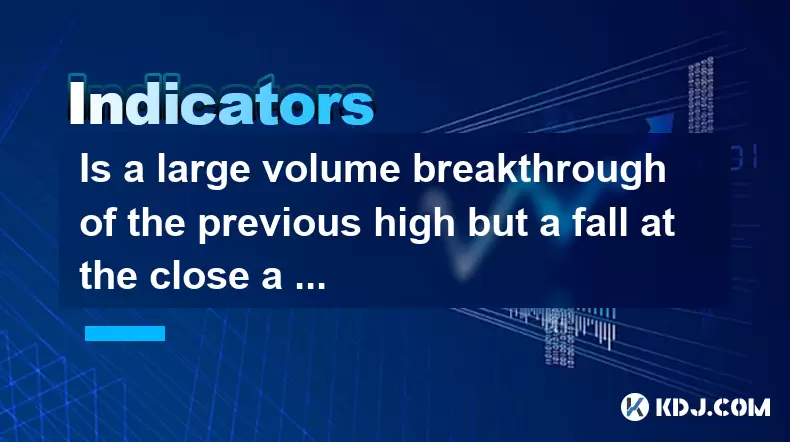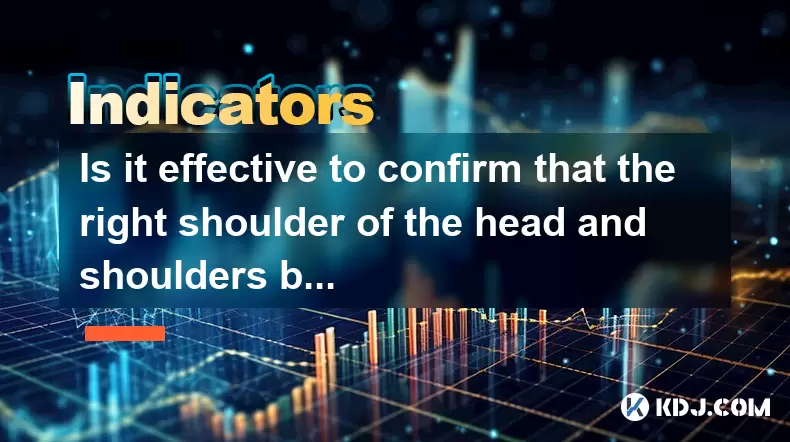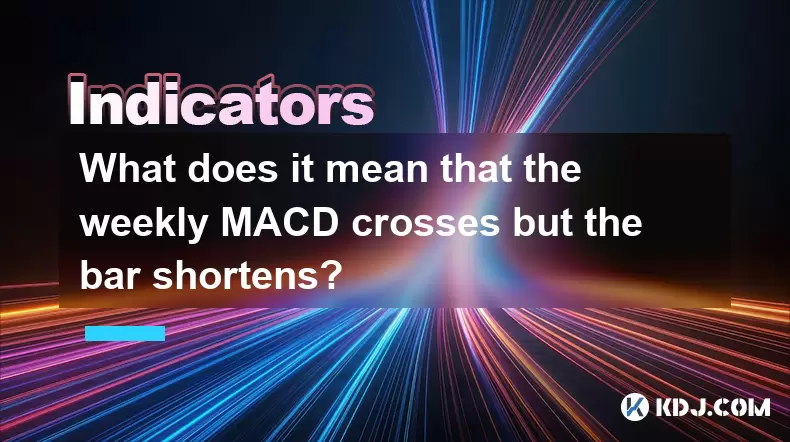-
 Bitcoin
Bitcoin $106,754.6083
1.33% -
 Ethereum
Ethereum $2,625.8249
3.80% -
 Tether USDt
Tether USDt $1.0001
-0.03% -
 XRP
XRP $2.1891
1.67% -
 BNB
BNB $654.5220
0.66% -
 Solana
Solana $156.9428
7.28% -
 USDC
USDC $0.9998
0.00% -
 Dogecoin
Dogecoin $0.1780
1.14% -
 TRON
TRON $0.2706
-0.16% -
 Cardano
Cardano $0.6470
2.77% -
 Hyperliquid
Hyperliquid $44.6467
10.24% -
 Sui
Sui $3.1128
3.86% -
 Bitcoin Cash
Bitcoin Cash $455.7646
3.00% -
 Chainlink
Chainlink $13.6858
4.08% -
 UNUS SED LEO
UNUS SED LEO $9.2682
0.21% -
 Avalanche
Avalanche $19.7433
3.79% -
 Stellar
Stellar $0.2616
1.64% -
 Toncoin
Toncoin $3.0222
2.19% -
 Shiba Inu
Shiba Inu $0.0...01220
1.49% -
 Hedera
Hedera $0.1580
2.75% -
 Litecoin
Litecoin $87.4964
2.29% -
 Polkadot
Polkadot $3.8958
3.05% -
 Ethena USDe
Ethena USDe $1.0000
-0.04% -
 Monero
Monero $317.2263
0.26% -
 Bitget Token
Bitget Token $4.5985
1.68% -
 Dai
Dai $0.9999
0.00% -
 Pepe
Pepe $0.0...01140
2.44% -
 Uniswap
Uniswap $7.6065
5.29% -
 Pi
Pi $0.6042
-2.00% -
 Aave
Aave $289.6343
6.02%
Is a large volume breakthrough of the previous high but a fall at the close a lure to more? How to identify it?
A large volume breakout followed by a close below the breakout level can signal market manipulation or a false move, often trapping retail traders.
Jun 16, 2025 at 03:22 pm

Understanding the Price Action: Large Volume Breakout and Closing Below
In cryptocurrency trading, price action is one of the most critical elements to monitor. A common scenario traders encounter is a situation where the price breaks out of a previous high with large volume, but then closes below the breakout level. This often raises concerns among traders whether such behavior was a trap or a genuine breakout.
When this occurs, it’s important to analyze not only the movement itself but also what it signifies in terms of market psychology and potential manipulation. In many cases, this pattern can indicate that whales or institutional players are trying to trigger retail stop-loss orders or create false signals to lure inexperienced traders into poor positions.
Why Does This Pattern Occur?
This phenomenon typically happens due to order book imbalance or manipulative tactics by large holders (commonly referred to as "whales"). Here's how it unfolds:
- A strong buying pressure pushes the price above a key resistance level.
- The volume during this push is significantly higher than average, suggesting real interest.
- However, after reaching this new high, sellers step in aggressively, causing the price to drop sharply.
- The candlestick closes below the initial breakout point, creating confusion and doubt.
This kind of behavior is frequently seen in low-cap altcoins but can also occur in major cryptocurrencies like Bitcoin or Ethereum during volatile periods.
How to Identify If It’s a Lure or Not
To determine if the move was a lure or a legitimate breakout, traders should examine several factors beyond just price and volume:
- Volume Profile: Check if the volume during the pullback matches or exceeds the volume during the breakout. If so, it may suggest heavy distribution.
- Order Book Analysis: Look for signs of fake buy walls or sudden large sell orders that appear and disappear quickly.
- Depth Chart Anomalies: Sudden spikes in depth at certain price levels can be indicators of spoofing or wash trading.
- Timeframe Consideration: Examine multiple timeframes (e.g., 1-hour, 4-hour, daily) to see if higher timeframes still show strength or weakness.
These tools help traders distinguish between natural market corrections and deliberate manipulations designed to mislead.
Key Candlestick Patterns to Watch For
Certain candlestick patterns serve as visual cues when identifying potential traps:
- Shooting Star: A candle with a long upper wick and small body near the lows, indicating rejection of higher prices.
- Bearish Engulfing: A bearish candle completely engulfing the previous bullish candle, especially at resistance levels.
- Fakey Pattern: A false breakout of an inside bar followed by a reversal candle.
Each of these formations, especially when combined with unusual volume behavior, can signal that the initial breakout was not sustainable and might have been orchestrated to attract buyers before reversing.
Using Technical Indicators to Confirm Signals
While candlestick patterns offer insight, using technical indicators helps confirm the validity of the breakout:
- Moving Averages: If the price fails to stay above key moving averages (like the 50 EMA), it could imply weak momentum.
- Relative Strength Index (RSI): A spike in RSI during the breakout followed by divergence as the price falls suggests overbought conditions and lack of follow-through.
- Volume Oscillator: Helps visualize whether the volume during the decline is stronger than during the rally, which would indicate selling dominance.
Traders should not rely solely on any single indicator but instead use a combination to build a more robust analysis framework.
Practical Steps to Avoid Falling Into the Trap
Avoiding being caught in a fake breakout requires discipline and strategy. Here are some practical steps:
- Wait for Confirmation: Don’t enter immediately after a breakout; wait for a retest or confirmation close above the level.
- Use Stop-Loss Orders Wisely: Place stop-loss orders beyond recent swing highs or lows to avoid being shaken out easily.
- Analyze Order Flow: Use platforms that provide order flow data or depth charts to detect unnatural order imbalances.
- Monitor Social Media and News: Sometimes breakouts are fueled by hype rather than fundamentals. Always verify the reason behind the surge.
By applying these techniques, traders can better protect themselves from falling victim to manipulative moves in the market.
Frequently Asked Questions
Q: Can this pattern occur in all types of cryptocurrencies?
Yes, while more common in smaller cap coins due to lower liquidity, larger cap cryptocurrencies like Bitcoin and Ethereum can also experience similar behavior during high volatility or major news events.
Q: Is it always a trap when the price closes below a breakout level after a large volume spike?
No, sometimes the market simply needs time to consolidate after a sharp move. It depends on subsequent price action and whether other indicators support continuation or reversal.
Q: How reliable are volume indicators in detecting fake breakouts?
Volume indicators are useful but not foolproof. They should be used alongside price action and order book analysis for more accurate readings.
Q: What timeframe should I focus on to get a clearer picture of a potential trap?
It’s best to cross-reference multiple timeframes — for example, analyzing the 1-hour chart in conjunction with the 4-hour and daily charts — to filter out noise and identify stronger signals.
Disclaimer:info@kdj.com
The information provided is not trading advice. kdj.com does not assume any responsibility for any investments made based on the information provided in this article. Cryptocurrencies are highly volatile and it is highly recommended that you invest with caution after thorough research!
If you believe that the content used on this website infringes your copyright, please contact us immediately (info@kdj.com) and we will delete it promptly.
- 2025-W Uncirculated American Gold Eagle and Dr. Vera Rubin Quarter Mark New Products
- 2025-06-13 06:25:13
- Ruvi AI (RVU) Leverages Blockchain and Artificial Intelligence to Disrupt Marketing, Entertainment, and Finance
- 2025-06-13 07:05:12
- H100 Group AB Raises 101 Million SEK (Approximately $10.6 Million) to Bolster Bitcoin Reserves
- 2025-06-13 06:25:13
- Galaxy Digital CEO Mike Novogratz Says Bitcoin Will Replace Gold and Go to $1,000,000
- 2025-06-13 06:45:13
- Trust Wallet Token (TWT) Price Drops 5.7% as RWA Integration Plans Ignite Excitement
- 2025-06-13 06:45:13
- Ethereum (ETH) Is in the Second Phase of a Three-Stage Market Cycle
- 2025-06-13 07:25:13
Related knowledge

How to interpret the low opening the next day after the long lower shadow hits the bottom?
Jun 18,2025 at 12:22am
Understanding the Long Lower Shadow Candlestick PatternIn technical analysis, a long lower shadow candlestick is often seen as a potential reversal signal in a downtrend. This pattern occurs when the price opens, trades significantly lower during the session, but then recovers to close near the opening price or slightly above. The long wick at the botto...

How to operate the RSI indicator repeatedly in the 40-60 range?
Jun 18,2025 at 12:56am
Understanding the RSI Indicator and Its RelevanceThe Relative Strength Index (RSI) is a momentum oscillator widely used in cryptocurrency trading to measure the speed and change of price movements. Typically, the RSI ranges from 0 to 100, with levels above 70 considered overbought and below 30 considered oversold. However, when the RSI repeatedly stays ...

How strong is the MACD golden cross below the zero axis?
Jun 17,2025 at 11:00pm
Understanding the MACD Indicator in Cryptocurrency TradingThe Moving Average Convergence Divergence (MACD) is one of the most widely used technical indicators among cryptocurrency traders. It helps identify potential trend reversals, momentum shifts, and entry or exit points. The MACD consists of three main components: the MACD line, the signal line, an...

How effective is the golden cross of the William indicator double line in the oversold area?
Jun 17,2025 at 11:56pm
Understanding the William Indicator and Its Double Line SetupThe William %R (Williams Percent Range) is a momentum oscillator used to identify overbought or oversold conditions in a market. It ranges from 0 to -100, with readings above -20 considered overbought and below -80 deemed oversold. The double line setup refers to plotting two different timefra...

Is it effective to confirm that the right shoulder of the head and shoulders bottom volume at the 30-minute level is enlarged?
Jun 17,2025 at 11:42pm
Understanding the Head and Shoulders Pattern in Cryptocurrency TradingThe head and shoulders pattern is one of the most recognized reversal patterns in technical analysis, especially within cryptocurrency trading. It typically signals a potential shift from a bullish trend to a bearish one. This pattern consists of three peaks: the left shoulder, the he...

What does it mean that the weekly MACD crosses but the bar shortens?
Jun 18,2025 at 01:07am
Understanding the MACD IndicatorThe Moving Average Convergence Divergence (MACD) is a popular technical analysis tool used in cryptocurrency trading to identify potential trend reversals and momentum shifts. It consists of three main components: the MACD line, the signal line, and the histogram (also known as the bar). The MACD line is calculated by sub...

How to interpret the low opening the next day after the long lower shadow hits the bottom?
Jun 18,2025 at 12:22am
Understanding the Long Lower Shadow Candlestick PatternIn technical analysis, a long lower shadow candlestick is often seen as a potential reversal signal in a downtrend. This pattern occurs when the price opens, trades significantly lower during the session, but then recovers to close near the opening price or slightly above. The long wick at the botto...

How to operate the RSI indicator repeatedly in the 40-60 range?
Jun 18,2025 at 12:56am
Understanding the RSI Indicator and Its RelevanceThe Relative Strength Index (RSI) is a momentum oscillator widely used in cryptocurrency trading to measure the speed and change of price movements. Typically, the RSI ranges from 0 to 100, with levels above 70 considered overbought and below 30 considered oversold. However, when the RSI repeatedly stays ...

How strong is the MACD golden cross below the zero axis?
Jun 17,2025 at 11:00pm
Understanding the MACD Indicator in Cryptocurrency TradingThe Moving Average Convergence Divergence (MACD) is one of the most widely used technical indicators among cryptocurrency traders. It helps identify potential trend reversals, momentum shifts, and entry or exit points. The MACD consists of three main components: the MACD line, the signal line, an...

How effective is the golden cross of the William indicator double line in the oversold area?
Jun 17,2025 at 11:56pm
Understanding the William Indicator and Its Double Line SetupThe William %R (Williams Percent Range) is a momentum oscillator used to identify overbought or oversold conditions in a market. It ranges from 0 to -100, with readings above -20 considered overbought and below -80 deemed oversold. The double line setup refers to plotting two different timefra...

Is it effective to confirm that the right shoulder of the head and shoulders bottom volume at the 30-minute level is enlarged?
Jun 17,2025 at 11:42pm
Understanding the Head and Shoulders Pattern in Cryptocurrency TradingThe head and shoulders pattern is one of the most recognized reversal patterns in technical analysis, especially within cryptocurrency trading. It typically signals a potential shift from a bullish trend to a bearish one. This pattern consists of three peaks: the left shoulder, the he...

What does it mean that the weekly MACD crosses but the bar shortens?
Jun 18,2025 at 01:07am
Understanding the MACD IndicatorThe Moving Average Convergence Divergence (MACD) is a popular technical analysis tool used in cryptocurrency trading to identify potential trend reversals and momentum shifts. It consists of three main components: the MACD line, the signal line, and the histogram (also known as the bar). The MACD line is calculated by sub...
See all articles

























































































